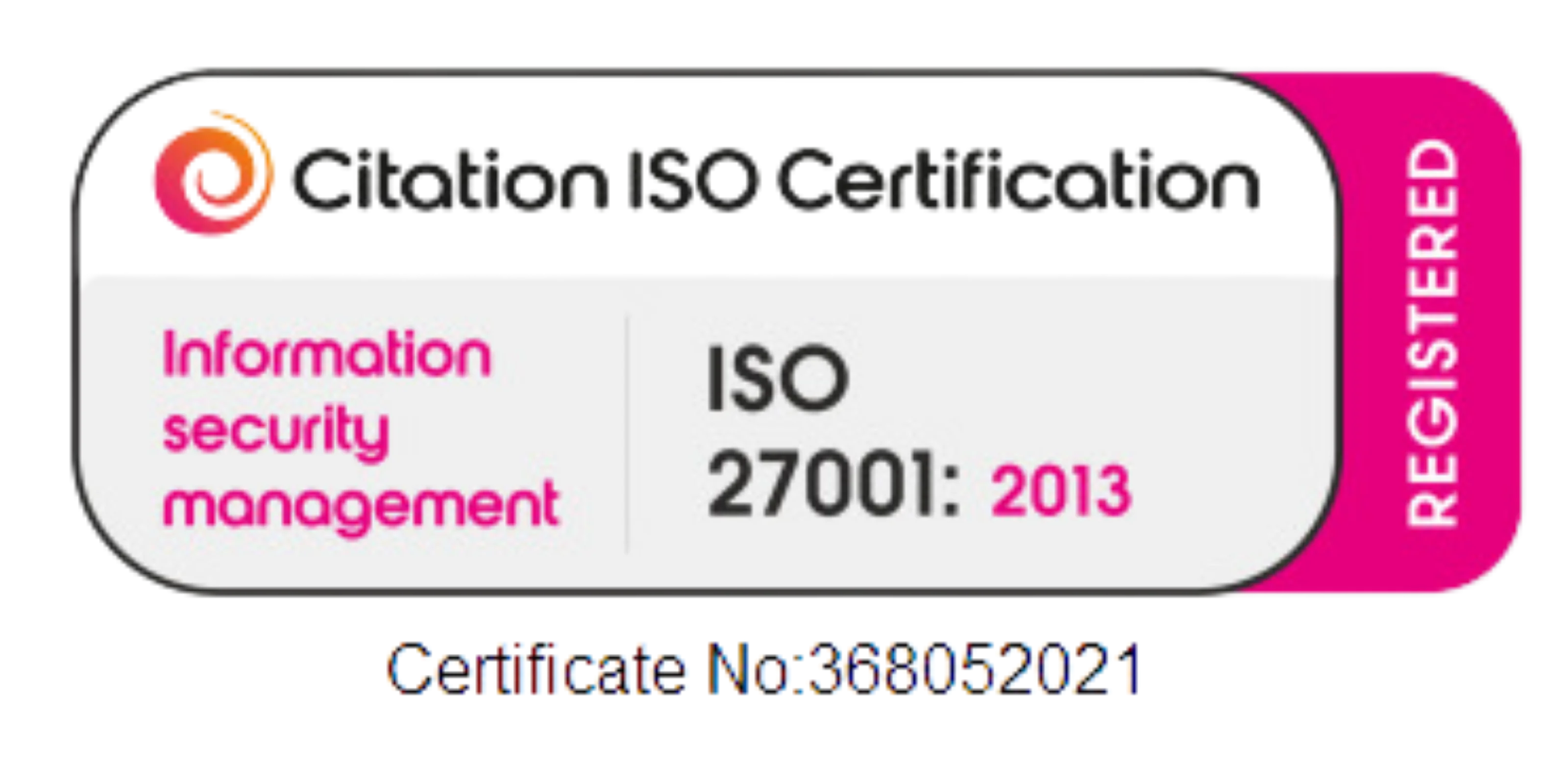LIFT Dashboard user group: 7 ways to make impact and next steps

Leading local authorities met recently at our quarterly LIFT Dashboard user group to share their experiences and the successes they’ve had to turn their analysis into impact. Read about the 7 opportunities the group identified to increase impact using a LIFT Dashboard.
The LIFT Dashboard is a new tool from Policy in Practice that’s rapidly being taken up by councils to help them understand their local drivers of poverty. Policy in Practice helps councils to explore their household level administrative data in order to understand trends, pinpoint interventions, engage people with personalised support and track the impact of interventions over time.
Nine of Policy in Practice’s LIFT Dashboard clients recently came together to share the insights they had gleaned from their household level data sets. Each local authority brought their own varied experiences, and it was great to see how confident even our newest users were with the tool. The group showed a clear desire to be inspired by sharing their ideas and benchmarking their own work, with the aim of delivering better outcomes for struggling households.
This blog picks up 7 opportunities for maximising the impact of the LIFT Dashboard as identified within the user group. We hope they will help experienced users delve deeper into the possibilities for insight and impact opened up by the Dashboard, as well as inspire new users and spur those contemplating subscribing to the LIFT Dashboard into action.
7 opportunities to increase impact
1. Demonstrate social value through the LIFT Dashboard
The business case for tackling poverty appears self-evident. However, councils are often asked to demonstrate the impact of their interventions through the use of data. Councils need clear measures of vulnerability and hardship to be able to show their impact. Policy in Practice has developed two practical indicators, Financial Resilience for a Trust for London funded project and Total Available Resources developed with the Social Metrics Commission. The key difference with both of these indicators is that alongside income from benefits, earnings and other sources, they also take the costs each household faces into account.
The LIFT Dashboard we use the Financial Resilience measure to effectively demonstrate living standards and understand poverty. Users can filter households with one click to identify those who are ‘in crisis’ , defined as those with a large shortfall between their income and outgoings (e.g. more than £100 per week). This can be combined with information on children in the home, or of council tax arrears, to create a targeted cohort to proactively engage.
Metrics that measure outcomes over time can also demonstrate social impact and prove the value of interventions. We are working with clients to establish a concrete method of measuring the impact of homelessness prevention initiatives. All cases seen by the homelessness prevention team are tracked over a year from the first point of any intervention. Cases are then defined as a ‘prevention’ or ‘prevention unsuccessful’, with success based principally on the provision of accommodation or the withdrawal of an application for support. The share of unsuccessful cases within the caseload is now the key indicator for measuring outcomes, and can be used as a clear cut business case to request funding for early intervention.
2. Use the LIFT Dashboard to better forecast risk
Forecasting risk is one of the core attributes of the LIFT Dashboard. The filtering tool on the street level screen allows users to identify those who will be impacted by welfare reform both now and to 2020. Our financial resilience measure then splits households into groups from ‘coping’ to ‘in crisis’ (measuring the relationship between income and costs, with those ‘in crisis’ with costs outstripping expenditure by more than £100 a week) now and in 2020. With this filter users can further identify those people who will be under strain both now and in the future.
Households at risk can then be tracked over time to monitor changes in circumstances, enabling identification of those who have responded to support by changing housing or economic status, and those whose financial position may be getting worse and therefore may benefit from an intervention.
Why not test these forecasts? By identifying a group that is modelled as at risk to 2020 and tracking their economic status, tenure and debt levels over time using the LIFT Dashboard’s sankey tool, a clear picture emerges of how individual household’s’ circumstances do change over time, for better or worse.
We are working to develop a case control module to allow users to track impacts in a treatment versus a control group, producing further robust evidence on the effects of an intervention.
3. Where should ownership of the LIFT Dashboard sit within our organisation to maximise insight and action?
This is very often defined by council or departmental priorities. However, the group learned about two great ideas to generate ownership over the insight produced by LIFT Dashboard to promote action.
First, showcase the tool to senior stakeholders, and answer questions important to them. Showcasing the power of the tool in the initial stages of the subscription achieves buy in across the business. The LIFT dashboard has several key screens that can create immediate impact with senior stakeholders, such as the ward level screen which is often of particular interest to councillors, or the overview screen showing key indicators of hardship which can have immediate impact with executives.
“You can raise the profile of the Dashboard by showing it to a lead member – this has helped us to push for additional resources for advice and benefit support.”
“Show senior stakeholders that the Dashboard can give them answers.”
“It was successful because graphically they could see it – a stark warning.”
“Local DWP colleagues want to see this.”
Second, operational teams value the ability to drill into the data: to find out for themselves what it says about an individual case, or the opportunity to identify discrete cohorts that their team may want to engage. Sharing these insights helps to promote immediate ownership and action with the data, bypassing the need to set up new groups or to find new funding, and empowering with enhanced insights those groups already set up to take action.
“We used the Dashboard in case conversations. Frontline staff were able to identify Housing Benefit claims that had gone wrong, and to ensure people received the underlying support they were also eligible for.”
“It sits in a number of different parts of the council, from heads of service to corporate teams. The key is to pick a team that can get value from it now, and not aim for the holy grail on day one.”
The group expanded on this theme in the meeting by working through the example illustrated below:
4. Can the LIFT Dashboard promote better employment outcomes?
By combining barriers to work filters with financial resilience measures, LIFT Dashboard users can quickly identify people who are in work but struggling to make ends meet and who may need additional support.
One council described how they shared this insight with the employment support team within the council to increase attendance at training and skills events. Another attendee planned to use the tool for a behavioural ‘nudge’ campaign to encourage people into employment.
Are there any upcoming outreach events where you could use LIFT to target particular groups of people to attend?
5. How can we better overlay more datasets, for example health, employment, child care or third party debt?
Policy in Practice is eager to work with additional complementary data sets to further improve the insights available from the LIFT Dashboard.
Practically speaking, matching different datasets to one another via a single identifier is a crucial first step. Once this is achieved the key is understanding what you want to learn from the data and then clearly creating the correct cohort for an intervention in the LIFT Dashboard, enabling insight to translate to action.
We will work with you to support best practice in relation to data sharing. Sharing data sets within a council typically does not require any updates to data sharing agreements, and Social Security regulations allow for data to be used for the effective delivery of welfare support. When working with additional datasets outside of welfare provision, it is critical to ensure GDPR regulations are met, and there is a clear purpose to the matching. We are always available to discuss this area in more detail with those contemplating expanding their analysis this way.
One example we are exploring is the linking of data on children from low income families with the data councils hold on children in care, or those at risk of being in care. By pseudonymising and then combining the data we have on low income households with Children’s data we can quickly and accurately identify children at risk of being at risk, and the context within which children enter and leave care. This wider contextual information is not currently available, and could help the Children’s Commissioner and government more broadly to understand the wider impact of its policies.
Watch this space for further updates on this and please do let us know if you have access to additional datasets which you would like to work with.
6. How can we continue to use the LIFT Dashboard after Universal Credit rollout, when data will be kept by the DWP?
Policy in Practice can capture up to 50% of existing datasets through Council Tax Support schemes, which focus on the lowest income households in an area.
We are working with DWP and MHCLG to highlight the importance of UC data being released to councils. DWP are listening and working hard to develop the data outputs from UC to the point where they are ready to be shared. We are working with councils to develop clear, specific and tangible business cases to secure access to the data.
On behalf of our clients we continue to invest our time on this important issue and now need your help, and that of the local government community, to create these business cases. Please share your thoughts and ideas with us by emailing hello@policyinpractice.co.uk.
7. How can the potential of the LIFT Dashboard be shared with third party organisations to promote action?
As mentioned above, data sharing is an area that deserves careful consideration. Policy in Practice acts as a data processor but we can advise on what councils need to consider. Councils can currently give restricted access to the LIFT Dashboard to third parties (e.g. other teams within the council or housing associations) through user access controls built into our platform. An updated data sharing agreement may be required even for data shared within the council. Existing clients are pairing work and sharing data access with housing associations, but this sharing could go further to charities and outreach groups if handled carefully.
Data is often shared for the purposed of fraud prevention, or action such as recovering arrears, but rarely is data sharing straightforward when the intention is to help people. Tools such as user access controls, limiting access to data (e.g. showing only data on RSL residents) or through sharing aggregated exports of data, are all possible, and barriers to data sharing, both real and perceived can be overcome through a clear understanding of GDPR.
Clients of Policy in Practice are actively planning work with third parties (MAS, CPAG) using LIFT Dashboard insight to target support based on the impact of Universal Credit, and to target support intended to reduce the impact of the Benefit Cap and the 2 child limit policy.
Summary: Turning analysis into impact
Our user group showed how the power of the LIFT dashboard extends from high level reporting to Directors and Members and driving up attendance at local employability events, to enabling interventions on child care and homelessness. Unifying the group was their enthusiasm for unlocking the power of their household level data. There was a palpable sense of curiosity and excitement about what insights their own data would reveal next, and how this analysis could then be used to drive actions for impact.
“One of the best things about the LIFT Dashboard is just how easy it is to have a play. That’s what attracted us to the product.”
“Because it has the policy engine it enables us to do forecasting and predicting, which other static dashboards don’t do.”
Turning analysis into impact is what Policy in Practice was founded to do.
Deven Ghelani said:
“We’re here to empower those who are required to act by giving them the insights they need to better target interventions and predict outcomes. As well as helping people understand and navigate the welfare system we’re now also changing the way in which social policy is designed and implemented – and it’s a journey we could not do without our clients and their eagerness to share and learn.”
Next steps
The next LIFT Dashboard User Group will be held on Wednesday 23rd January 2019. Please reserve your place below and we will be in touch shortly with updates, pre-work and the agenda.
Reserve your place at the next LIFT Dashboard User Group here.






